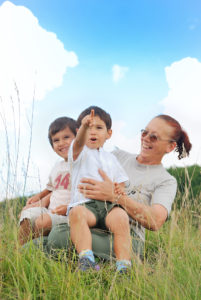
Roadmap to your future happiness and success
 Roadmap to your future happiness and success
Roadmap to your future happiness and success
Learn valuable insights and guidance on how to overcome childhood anxiety, trauma, and learning challenges.
Mary Wolken PhD. is dedicated to supporting parents, children, their educators, and caregivers in navigating these challenges and helping everyone thrive.
1. Releasing Childhood issues
How does Childhood Anxiety and Trauma manifest?
Childhood trauma refers to excessive worry, fear, and apprehension experienced by children in various situations. It can manifest as generalized anxiety disorder, separation anxiety, social anxiety, specific phobias, depression, or panic disorder. Anxiety can be triggered by specific events, such as starting a new school or dealing with family changes, or it can be more persistent and generalized.
Recognizing the Signs and Symptoms
Common signs and symptoms of childhood anxiety Check any you had:
- Excessive worrying or fearfulness
- Restlessness or trouble sleeping
- Avoidance of certain situations or places
- Physical symptoms like headaches or stomachaches
- Difficulty concentrating or focusing
- Withdrawal and avoidance
- Restlessness and sleep issues
By identifying these early signs
You can seek help and implement strategies to alleviate anxiety in your children and adults.
The following are suggested strategies that can be learned with practice and patience
- Open Communication: Encourage children to express their feelings and concerns openly. Create a safe and non-judgmental environment where they feel comfortable sharing their fears, worries and uncertainty about the best step forward.
- Healthy Coping Mechanisms: Learning healthy ways to cope with anxiety, such as deep breathing exercises, mindfulness techniques, or engaging in physical activities they enjoy. These exercises and others will be worked into each person’s session in fun ways so they can experience them without stress.
- Establishing Routine: A consistent daily routine can provide children with a sense of security and stability, reducing anxiety levels. Ensure they have enough time for rest, play, planning, family time and homework and sports or other activities.
- Gradual Exposure: Start with small steps and gradually increase their exposure to challenging situations. Providing reassurance and compliments, will along with their Mary’s individual releasing sessions with Mary will quickly increase confidence and enhance creative solutions..
- Diet with low levels of toxins, sugar and salt.
- Approaching the changes as a family team. This not something just for the child to “get over or through”, this is a life change we can all learn and grow from.
- Daily spend time walking, playing and laughing together.
